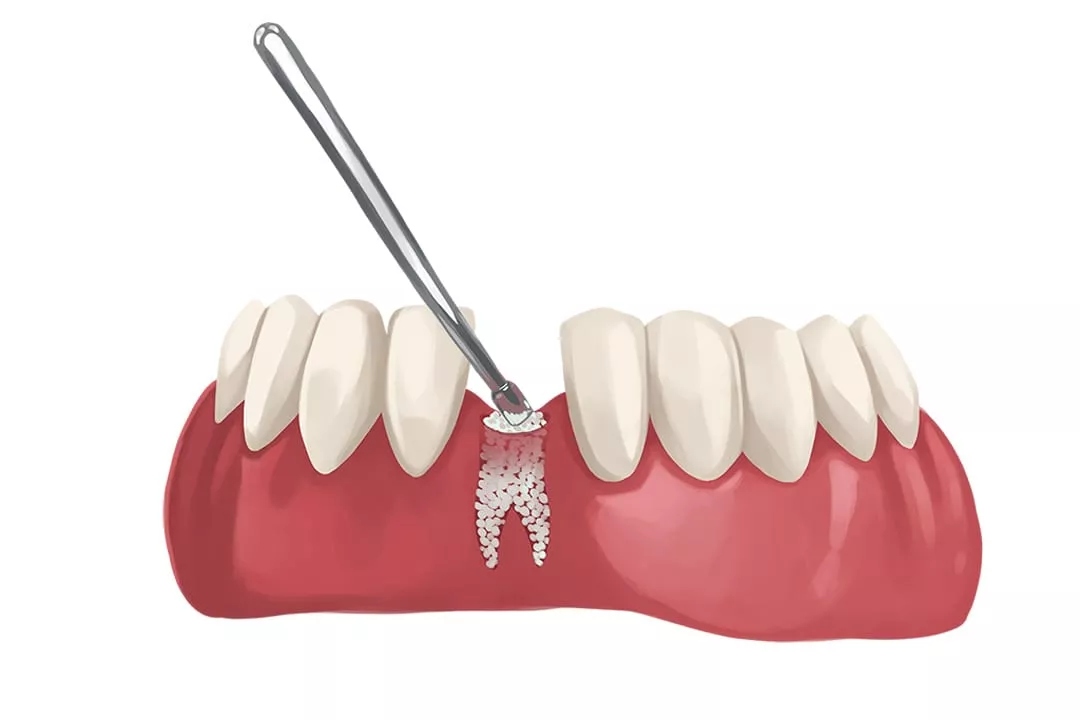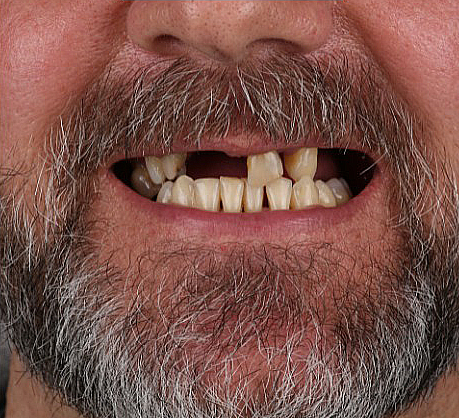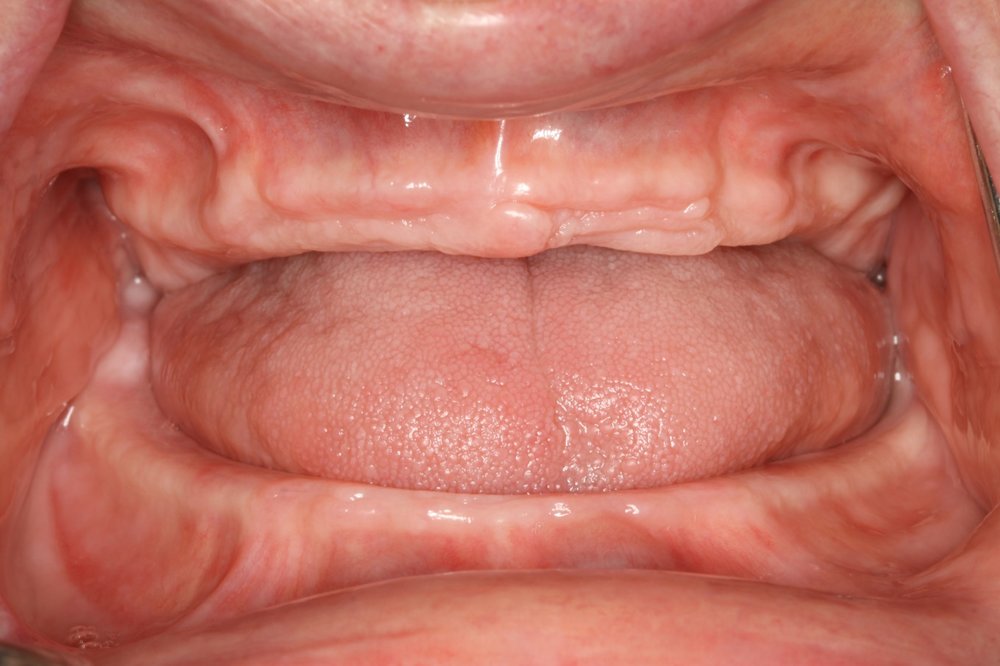In This Article
Introduction:
This is David and I am a dental implant educator at Chicago Implant Studio. I noticed that our dental implant patients are always curious about and want to know more about “Bone grafting options for dental implant patients”
Autogenous Bone Grafts
Autogenous Bone grafting options for dental implant patients involve using the patient’s own bone as a grafting material. Typically, the bone is harvested from another area of the patient’s body, such as the chin, jaw, hip, or tibia. Autogenous grafts are considered the gold standard due to their excellent biological properties, including optimal compatibility and minimal risk of rejection. They promote new bone growth, providing a solid foundation for dental implants.
Allografts
Allografts are bone grafts sourced from a donor other than the patient. The bone is meticulously processed, removing all living cells while preserving the essential bone matrix. Allografts are advantageous as they eliminate the need for a second surgical site for bone harvesting. They offer good structural support and can be used alone or in combination with other grafting materials.
Xenografts
Xenografts involve using bone grafts derived from animal sources, typically bovine or porcine. Similar to allografts, the living cells are removed to reduce the risk of immune response. Xenografts provide a scaffold for new bone growth and have been widely used in dental implantology. They are safe, cost-effective, and offer good structural stability during the healing process.
Alloplastic Grafts
Alloplastic grafts are synthetic materials that mimic the properties of natural bone. They are typically made of biocompatible materials such as hydroxyapatite or calcium phosphate. Alloplastic Bone grafting options for dental implant patients offer excellent structural support and integration with the surrounding bone. They are a viable option for patients with limited bone availability or those who prefer non-biological grafting materials.
Socket Preservation
Socket preservation is a preventive bone grafting technique performed immediately after tooth extraction. By placing a grafting material in the extraction socket, the natural bone structure is preserved, reducing bone loss. This procedure creates a solid foundation for future implant placement and eliminates the need for additional bone grafting in the future.
Conclusion
Bone grafting plays a crucial role in the success of dental implant treatments for patients with insufficient jawbone volume. By considering the various Bone grafting options for dental implant patients available, dental professionals can tailor treatment plans to meet individual needs. Whether it’s autogenous grafts, allografts, xenografts, alloplastic grafts, or socket preservation techniques, each option has its advantages and can provide a solid foundation for dental implant success.
If you are considering dental implants but have concerns about bone loss, consult with a qualified dental professional who can assess your specific situation and recommend the most suitable bone grafting option. Remember, with advancements in bone grafting techniques; dental implants can be a viable and long-lasting solution to restore your smile and improve your oral health.
Meet the Best Dental Implant Surgeon at Chicago Implant Studio
Chicago Implant Studio is a reputable dental implant clinic in Aurora, Illinois. Find out how dental implants can improve your life and overall health. We offer an international warranty on dental implants for a lifetime. Schedule a free consultation online today or call us at (331) 257-7999.






